Pollution in China (in 2021) | Our Guide and The Truth
Pollution in China is a widely discussed topic.
There are ongoing climate debates and conferences around the world that are making every country consider its role in the planet’s future.
Often pollution in China can be a touchy subject but it doesn’t have to be!
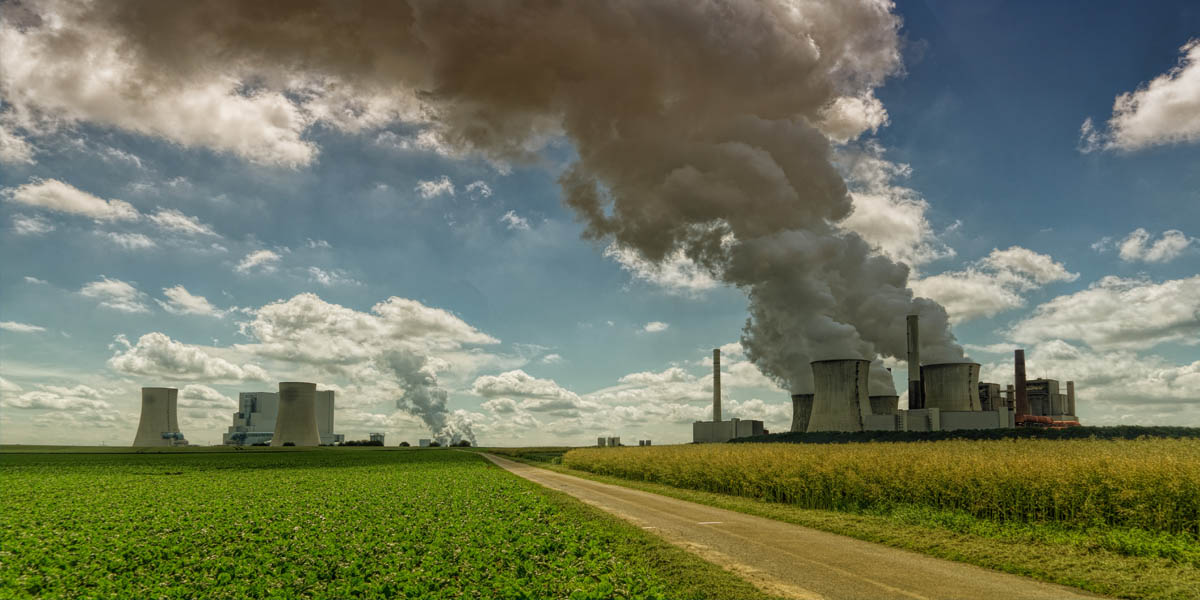
We’re here to shed some light on what the pollution in China is really like and what are China’s attitude to the problem, laws and their solutions.
The types of pollution we’ll be addressing are:
Pollution in China – Air Pollution in China
Pollution in China – Water Pollution in China
Pollution in China – Soil Pollution in China
Pollution in China – Ocean Pollution in China
Pollution in China – Shanghai Pollution
Pollution in China – Beijing Pollution
Pollution in China – How Is The Fight Going?
If you’re wondering how big is China before you read on we can help you answer this question.
Air Pollution in China
Let’s start with what is the most obvious pollution in China. Air pollution in China.
Where does the air pollution in China come from?
The air pollution in China is typically comes from the coal fulled power plants used to power their cities.
Generally, you’ll see the most impact of this coming from the winter months when the central heating is turned on.
Despite its impact on air pollution in China. The central heating system is of vital importance to Chinese citizens particularly in northern cities that can go as cold as negative 25°C/15°F in the winter months.
So there you go.
You might think China is between a rock and a hard place in regards to what they can do with these polluting power-plants.
However, as we’ll discuss further on in this article, China is investing mind-boggling amounts of money towards renewable energy solutions.
Why would China invest in renewable energy solutions?
Globally the cost of air pollution to the world economy is $5 trillion USD
Find out more here
It’s estimated that China takes on about $38 billion (267 billion yuan) of that cost in terms of costs to health care and lost food production.
As you can imagine this has highly incentivised business and government to tackle this problem head-on!
China Air Pollution Solutions
If you think China is sitting idly by against air pollution you would be very wrong.
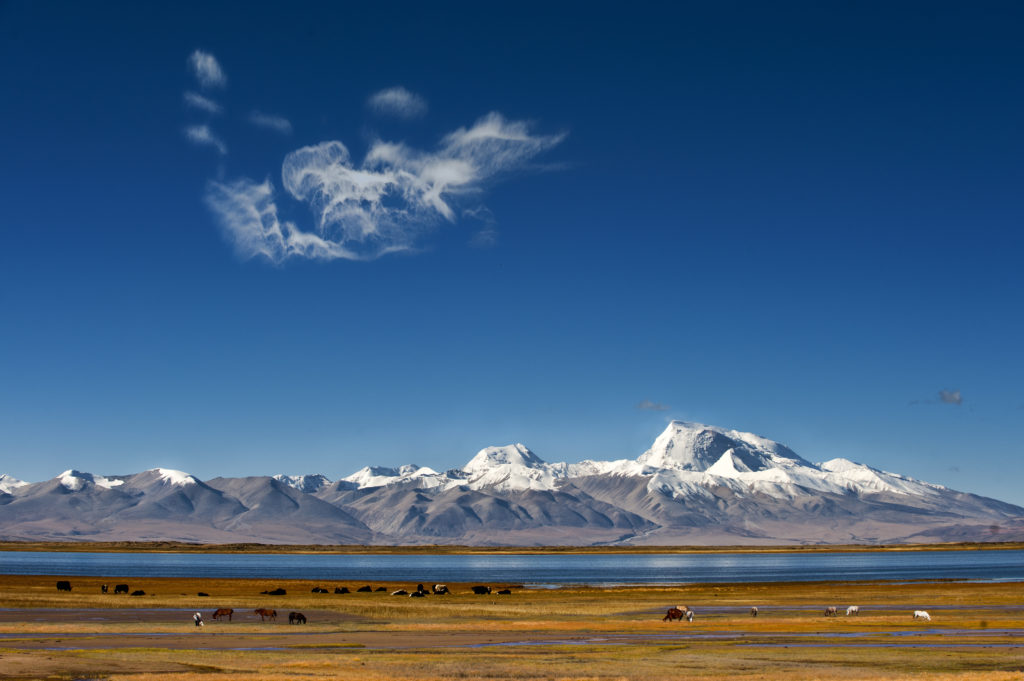
And they’ve got the receipts to prove it.
China Energy Conservation and Environmental Protection Group Corporation (try saying that 3 times quickly) or probably what they would rather be called, the CECIC, has invested 23 billion RMB into the natural energy conservation fund, which has funded over 3000 energy-efficient and environmental protection projects.
Additionally, in 2013 China’s Academy for Environmental Planning gave 277 billion RMB to combat air pollution in China.
China Air Pollution Laws
China’s air pollution has been a point of political discussion for quite some time now!
The first Air Pollution Prevention and Control Law was introduced in 1987.
Since then the law as seen four amendments most recently in 2018.
If the financial commitment wasn’t enough, China’s air pollution laws send a very clear message about what they want to achieve.
Water Pollution in China
Next on the list, water pollution in China.
Where does water pollution in China come from?
Water pollution in China started in the 1950s with the development of industries and increased even more in the 1970s when rivers, lakes and ocean’s pollution became alarming.
At that time, control measures were implemented, but the industrial development was so fast that wastewater treatment techniques and facilities rapidly fell far behind the growth of factories and industrial production.
In many instances, the pollution of water is caused by factories releasing chemicals in the nearby rivers.
Agricultural and household waste dumped in rivers and lakes are another reason why the water became unsafe.
Several years ago in 2007, large algae blooms fuelled by pollution covered parts of Lake Tai and Lake Chao, two of China’s biggest freshwater lakes in the province of Jiangsu.
The consequences were severe and the water became undrinkable.
The pollution of Tai Lake became a national scandal, hundreds of industries were closed down and $16 billion dollars were invested to clean the lake.
This scandal became part of the new nationwide push to tackle water pollution and other types of pollution.
DID YOU KNOW? – China supports 20 per cent of the world’s population on only 6 per cent of the world’s water.

Chinese New Year Migration 😲 What’s The Truth?
Chinese New Year Migration. The largest periodic mass migration in Chinese history. Otherwise known as 春运 (chūnyùn), millions travel home.
What is done to tackle Water Pollution in China today?
A lot of measures were implemented since the early 2000s, there is a lot to talk about but let’s focus here on the most recent events.
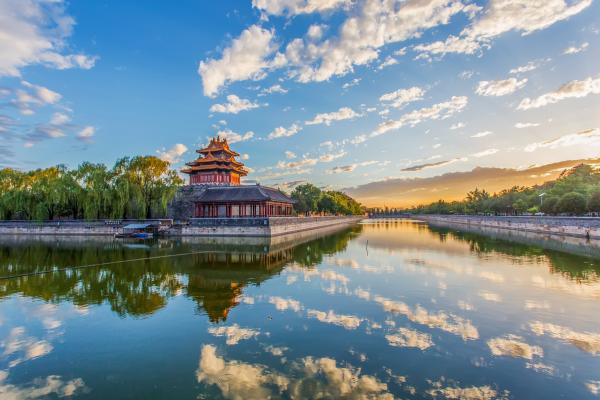
At the start of his second term in late 2017, President Xi Jinping identified water pollution as a priority to improve the environment in China by 2020.
8000 water clean up projects were launched in early 2017, for an investment of 667.4 billion yuan (US$100.2 billion).
These projects are part of an earlier action plan released in 2015 with the aim to treat and prevent water pollution, and already took care of 325 contaminated sites in China.
Industries are doing their part by building new factories with mandatory water recycling systems.
Another action undertook in 2017 to fight water pollution was the implementation of 200.000 ‘rivers chief’ across China.

Weather in China ☀️ The Complete Guide
Summarising the weather in China within a few hundred words is near enough impossible. Here is our simple month-by-month and city-by-city guide.
But what is a ‘river chief’ and what does he or she do exactly?
If someone was to see garbage floating in the water, algae blooming or a pipe leaking waste into the water, they would contact the river chief. The river chiefs are government workers, cadres, provincial governors or committee heads, all in charge of a particular river or part of the river.
Their names are on a sign alongside the river, so passer-by can contact them whenever they spot something unusual potentially polluting the water.
Everyone has a role to play in the fight against water pollution!
DID YOU KNOW? – China grades its water in six bands, with the lowest “below grade 5” considered unusable even for industrial or irrigation purposes
Soil Pollution in China
We’re not going to sugar coat this next section.
Soil pollution in China is one of China’s biggest battles in the war against pollution.
It presents one of the greatest economic threats to China with the destruction of usable farmland so too go the ability to maintain such large quantities of food production.
China relies heavily on agriculture not just to feed its own people but also in its export value.
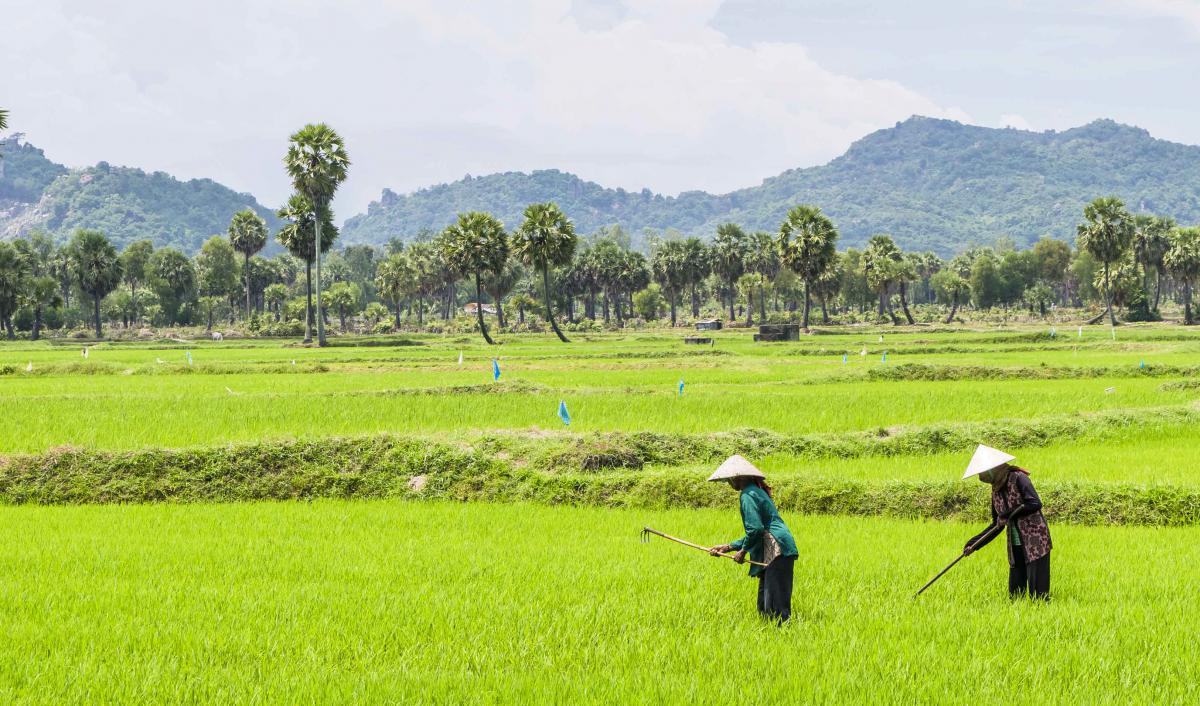
In 2004 just three years after China’s inclusion to the World Trade Organization China’s agricultural exports exceeded $17.3 billion (US) and has been growing steadily ever since.
China has around 300 million farmers.
Their lives and those of their communities can be seriously affected by soil pollution.
Leaders in these communities are painfully aware of the trade-off between economic growth by China industrial revolution and that of soil pollution.
In 2012 the Ministry of Environmental Protection and the Ministry of Land and Resources came to the joint conclusion that around 16.1% of China’s soil has some level of contamination.
This was not welcome news especially with emerging scandals of communities feeling the effects of such pollution.
What is being done about Soil Pollution in China?
Like most pollution problems, first things first are the laws:
The Soil Pollution Prevention and Control Law is the latest law enacted specifically targeting soil-related issues in China. It came into effect on August 31, 2018.
Additionally, the Chinese government has established two separate funds.
One in the direct cleanup efforts of contaminated soils particularly in farmland areas.
The second in the research and development of cleaner disposal technologies in the heavy metal sector. As seen in an official statement by the Chinese government (www.gov.cn).
Ocean Pollution in China
Ocean pollution in China is met with similar numbers to the above pollution in China numbers.
High volume and high investment.
Estimates for the extent of China’s contribution to ocean pollution are around 200.7 million cubic meters per year with an average of 24 kilograms of trash per 1,000 square meters of surface water.
This survey was conducted by the country’s environment ministry in 2018.
Where is the Ocean Pollution in China coming from?
According to the Ministry of Ecology and Environment, China’s ocean pollution is coming from rivers the stem from major industrial zones.
The biggest contributors are the Yangtze and Pearl rivers.
What’s being done about Ocean Pollution in China?
The Yangtze River is by far the world biggest culprit in terms of ocean pollution.
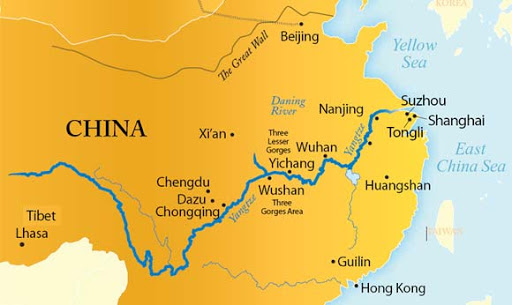
As we know by now high pollution comes with a big price tag as China has invested 7 billion yuan ($991.70 million) for the clean-up last year (2019).
To curb pollution, China has stopped receiving the world’s waste.
China once received a lot of the world’s paper and plastic.
With poor oversight, most of this waste was going to landfill or burn piles.
China has a few more factors helping resolve it’s waste issues. These come from a more localised level as we’ll discuss in the cities below.
Shanghai Pollution
Shanghai is the crown jewel of China.
It’s beautiful, modern, warm and one of the biggest international trading hubs in the world.
With so much exposure to the outside world, it undoubtedly comes under the most scrutiny.
Shanghai’s pollution laws are the strictest in the country.
This is evident by the 500,000 yuan (US$81,244) fine companies will face for exceeding air pollution levels.
100,000 yuan fines for the company boss and if that wasn’t enough company’s electricity will be cut off.
Shanghai is also putting its foot down on waste by mandating that business such as hotels and restaurants NOT give customers single-use plastic such as toothbrushes and cutlery unless requested by the customer.
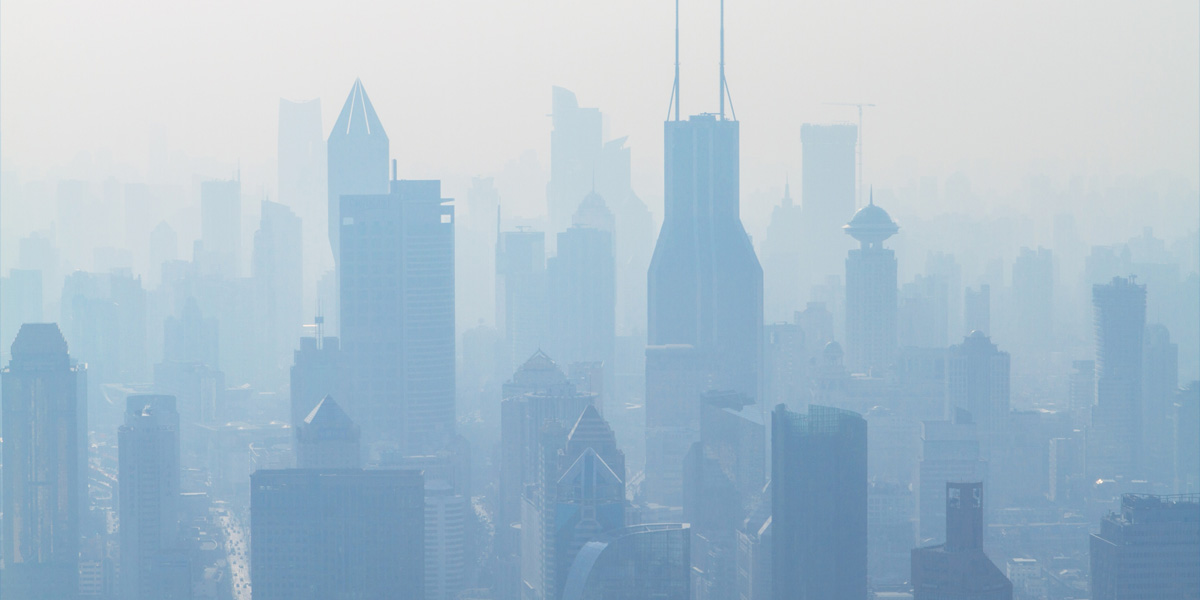
Beijing Pollution
Most oversight, law-making and influence comes directly from the nation’s capital of Beijing.
Secondly, public opinion is shifting on pollution.
China doesn’t want to be regarded as the world’s dumping ground.
We have another article further detailing Beijing’s steadily improving pollution levels, laws and attitudes.
You can find it here 👉👉👉 Pollution in Beijing.
How Is The Fight Going?
China is well aware of its environmental issues and have been fighting against pollution for years now.
Instead of giving you too many blurred figures, the following are some very concrete figures from a statement titled “UN Climate Action Summit: China’s Position and Action” (September 2019), showing improvement and change thanks to China’s environmental measures and actions.
Source: Ministry of Ecology and Environment of China
China Renewable Energy
In 2018 the National Development & Reform Commission increased its target for China to use 20% renewable energy to by 2030 up to 35%.
This is a bold claim for the largest energy-consuming country in the world to make but if we look at their track record it seems they’re putting their money where their mouth is.
Let’s looks at some of their most recent achievements.
Energy Transition
In 2018, China’s installed renewable energy power generation capacity exceeded 728 GW.
Clean energy consumption accounted for 22.1% of the total, 7.6% higher than in 2012.
Coal consumption was about 59%, 9.5% lower than in 2012. And by 2018, China had cut back more than 800 million tons of coal production capacity.
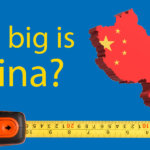
Just How Large is China Really 😲 Size Matters
How Big is China? 🐲 Size Matters – China is huge. We have some incredible facts just to prove how large China really is, 48 facts to be precise!
Industrial Transformation
By June 2019, the number of new energy vehicles in China reached 3.44 million.
From 2016 to 2018, energy consumption per unit of industrial added value by enterprises above designated scale nationwide dropped by over 13%: saving an equivalent of 400 million tons of standard coal.
Reducing 1 billion tons of CO2 emissions.
Mitigation Strategy
China’s forest coverage rate reached 22.96%. Forest stock volume increased by 4.56 billion cubic meters.
Compared with 2005: China’s carbon emission intensity decreased by 45.8% by the end of 2018.
From 2016 to 2018, China’s energy consumption per unit of GDP decreased by 11.35%, saving about 54 million tons of standard coal equivalent.
Youth Mobilisation
Over 50 million Chinese young people engaged in climate activities in 2018.
From 1999 to 2018, Chinese youths raised about 600 million yuan for the “Mother River Protection” campaign. They also helped initiate 5700 greening projects covering about 347,000 hectares.
Plastic Bag Ban
Following the example of other countries, China is starting to ban plastic bags. And it will be no small effort considering the size of the country!
Source: BBC News
The National Development and Reform Commission recently is implementing a new policy, which will take place over the next five years.
Here are a few numbers to better understand what the new policy is about:
- Non-degradable bags will be banned in major cities by the end of 2020 and in all cities and towns by 2022, though markets selling fresh produce will be exempt until 2025.
- The restaurant industry will also be banned from using single-use straws by the end of 2020.
- The restaurant industry must reduce the use of single-use plastic items by 30%.
- Hotels have been told that they must not offer free disposable room supplies by 2025, which Shanghai already started to do.
Want more stats and fun facts about China? We’ve put together 100 mind-blowing facts about China.
Want to Study in China?
So there you go! The good bad and the ugly about Chinas pollution and all there is to know.
We would argue that China is certainly on track to becoming a clean energy nation.
There’s a long way to go but the attitude and financial investments are there to show great promise for China’s future.
When you think of China you might not think of tropical beaches. However, there are plenty and we have a school in one of those beautiful beaches!
Check out all the reasons we think you should study in Beihai.
Pollution in China – FAQ’s
Why does China have pollution?
Key reasons behind China’s high pollution levels are its large population and the energy consumption requirements needed to support them.
Another key element is China is still undergoing its industrial revolution.
Unlike more developed countries it is still developing a lot of the infrastructure.
What are the main contributors to pollution in China?
The biggest contributor to air pollution in China is the coal-fuelled power plants used to power its cities.
Air pollution in China can be particularly bad in winter months as it is also used to power the centralized heating system in the northern cities of China
What are the effects of air pollution in China?
The largest effect of air pollution has is on the health of its citizens.
It is estimated to add an additional 60 billion yuan ($9 billion) increase in annual health spending.
What is China doing to stop air pollution?
In relation to air pollution alone the Chinese government has invested a staggering 23 billion RMB into the natural energy conservation fund which has funded over 3000 energy-efficient and environmental protection projects
What are the worst cities in China for pollution?
The top 10 cities in China with the worst recorded air pollution levels are: Datong
Jinchang
Linfen
Luoyang
Sanmenxia
Shijiazhuang
Shizuishan
Xianyang
Yangquan
Zhuzhou
Can you drink tap water in China?
Currently, China does not have clean drinking water coming from its taps. You will need to purchase from stores or find designated drinking fountains.
Want more from LTL?
If you wish to hear more from LTL Mandarin School why not join our mailing list.
We give plenty of handy information on learning Chinese, useful apps to learn the language and everything going on at our LTL schools!
What about studying Chinese online with us?
Sign up below and become part of our ever growing community!

 Hi, my name is Mojca. I am from Slovenia in Europe and I work as a student advisor at our Beihai school.
Hi, my name is Mojca. I am from Slovenia in Europe and I work as a student advisor at our Beihai school.





7 comments
[…] Want to beyond Beining and have an insight all the pollution in China? […]
Or live in Shenzhen, barely any problem here 🤪
Good location there Haz!
100% improving, been around China for 22 years now. Lightyears ahead of before. More work to do, but have to hand it to China in the strides made
22 years means you've certainly seen a fair few changes!
Always thought China was heavily polluted, looks like it's getting a lot better now
It is! Blue skies almost everyday now, a very nice change from several years ago